OAIM Bouzouki Tutor Billy Mag Fhloinn says traditional music is the driving pulse and background noise of his life, with wife Muireann Nic Amhlaoibh, in West Kerry. In this interview he gives us a rare glimpse into his eclectic life as Irish musician, archaeologist and folklorist; resurrector of old instruments, dabbler in new (yaybahar, anyone?), plus to top it off, he moonlights as a Pagan Rave performer…
Could you tell us a bit about your family background and how you got into playing Irish traditional music?
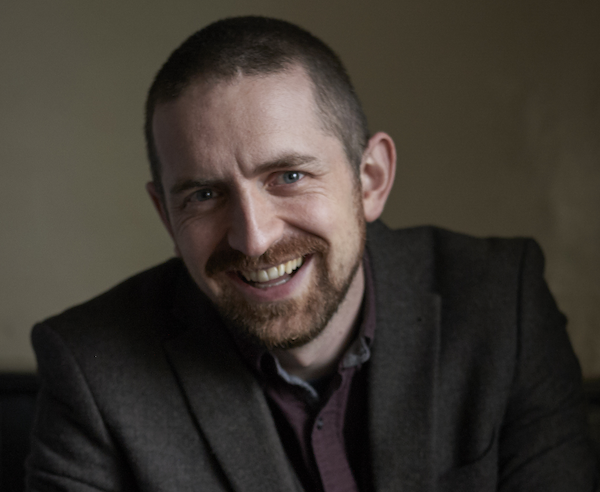
I come from a musical background, all of my family were involved with performance of one kind or another growing up. But traditional music didn’t feature all that much, and I only got into it in my late teens. I had an emerging interest in Irish culture, and trad seemed like a logical extension of that. I started on the bodhrán, and quickly picked up the bouzouki.
The bouzouki is a popular instrument these days despite being relatively new in the Irish tradition. Were there many bouzouki players around when you started? Who were your main influences?
When I began, I was toying around on my own for a while, trying to learn chords from the internet. Nothing like OAIM though, it was all very basic back then. It was when I moved to Dublin in 1999 that things began to get interesting. I was going to sessions where I would encounter bouzouki players like Mick Broderick and Tony Davoren, and they were kind enough to teach me some of the basics. I went to lessons with Mick for a while, and even bought a Joe Foley instrument from him. It’s still my main bouzouki to this day.
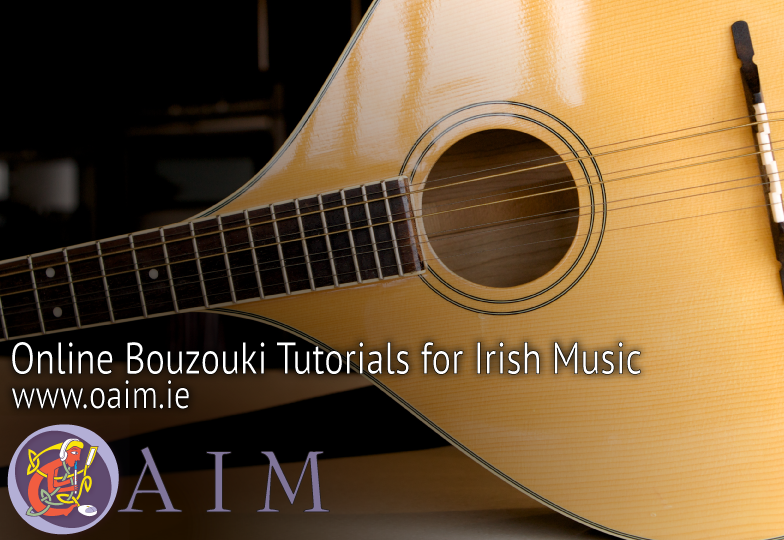
What makes the bouzouki such a good choice for accompanying Irish traditional music?
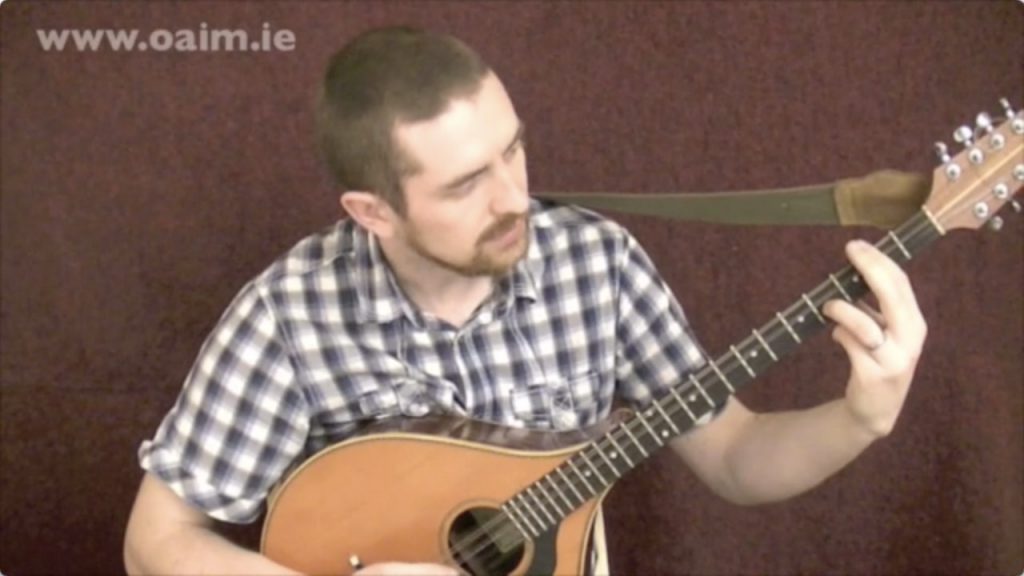
Bouzouki occupies an interesting place in accompaniment. It need not be as heavy or full as the guitar, and can flit between melody, countermelody, and chords. Depending on the tune, and how one plays it, it can be the main accompanying instrument, or fall in with a broader range of instruments. I like its flexibility in that regard. The way I tune it, GDAd, means you can play a lot of modal chords, diads, and drones, which also lend themselves well to the nature of Irish trad.
You have played with some of Ireland’s finest traditional musicians over the years. Could you name one or two that have left a lasting impression on you as musician or as a person?
I would be remiss if I were not to mention my wife, Muireann Nic Amhlaoibh here. She is an incredibly talented and accomplished artist, and it was though her that I got to meet many of the finest musicians I have ever had the pleasure of playing with. She toured with Eamon Doorley for many years, and his bouzouki playing is second to none. Over the years I have had a lot of eye-opening encounters. I think Steve Cooney’s approach to music, his whole grand scope, is really fascinating.
You now live on the Dingle Peninsula, one of the Gaeltacht areas of Ireland with a rich tradition of music, songs and folklore in general. What was it like to move there?
I had been coming to West Kerry since 1998, and was captivated from the first at the energy and wildness of the music here. The polkas, slides, and set dancing are an electric combination, and when things really get going, it is unbeatable. As an accompanist you might have to sacrifice subtlety for energy, but getting swept away in that maelstrom is overwhelmingly fun. The singing tradition, by contrast, can be full of sympathy, refinement, and delicate beauty. And there is a very democratic attitude to music and song. All are welcome to contribute, and the music scene here is very encouraging of participation.
You are also an archaeologist and folklorist. Where does your interest for ancient Ireland come from?
I am in love with this country, and all that it has to teach us. I love doing the deep dive, and trying to see it through the lens of the past. I suppose it’s about attempting to understand what got us here. How did people think about where they were, what was their relationship to the place, to the world? It has a lot to tell us about the present, and how we might go about being in the world in a healthy way in the future.
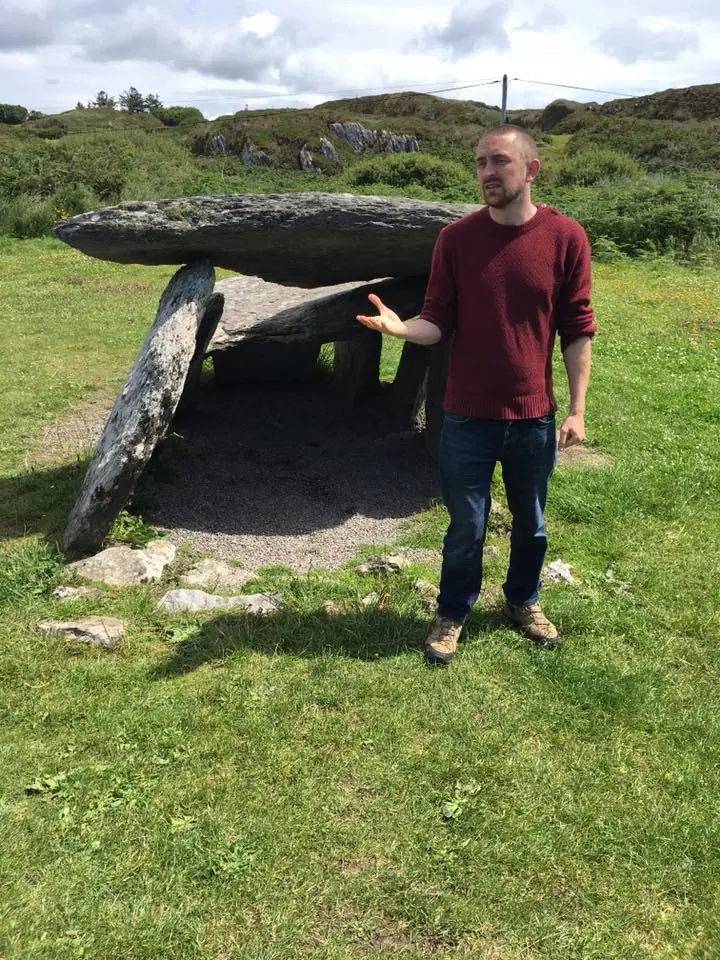
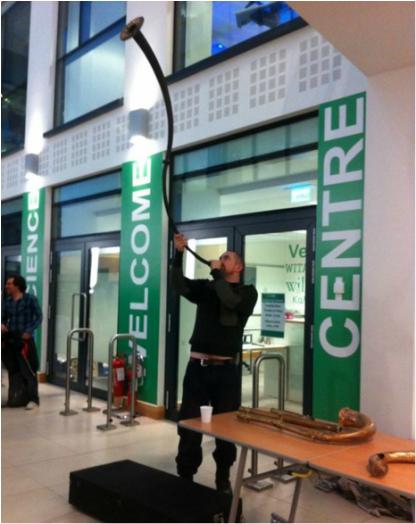
Could you tell us a bit about the bronze trumpets that you make and play?
I am interested in how people made music long ago. To that end, I reconstruct some of Ireland’s ancient instruments, to see both how they were made, and how they work. I have a number of replica instruments, among them copies of bronze horns from between 2000-3000 years ago. They make some intriguing sounds, and are technically very challenging to construct. I sometimes record pieces on them, and have played in orchestras, soundtracks, and live performances.
Since we are talking about instrument-making, you have also built your version of a “yaybahar”, which sounds absolutely incredible. What is it? Where does it come from? Have you used it in recordings?
The yaybahar is an intriguing instrument, invented by a genius from Turkey called Gorkem Sen about 13 years ago. It’s played with a bow, like a cello, but because it has long metal springs attached directly to the strings, it ends up with a huge reverb effect, even though it’s completely acoustic. The resultant sound can have a haunting effect, and to hear it live, it has a huge scope, like a soundscape. I wrote to Sen to ask permission to make my own version, and he thankfully agreed. I have been playing it since, and it has brought me to some interesting places. I recorded a soundtrack for a film along with Eoin French of Talos, and Muireann and I recorded Port na bPúcaí together. That was pretty fitting, being about the supernatural, because the yaybahar has a sound very sympathetic to the theme of the song.
You have found a remarkable way to connect your activities as a folklorist and performer with the Pagan Raves. Could you describe this project for us?
To borrow a bit from the blurb, Pagan Rave is an ongoing, performance-based project which aims to reimagine folk traditions and calendar customs of Ireland. We use the costumed figures of Irish and European folk theatre and seasonal festivals for inspiration, and hold big events which are something between performance, ritual, and communal celebrations. Music, both electronic and acoustic, forms a central part of this, and some serious trad players fall in with large techno beats, lasers, and bonfires. When you’re dressed in animal skins and blasting out tunes into the night sky, the alchemy can get pretty strong there.
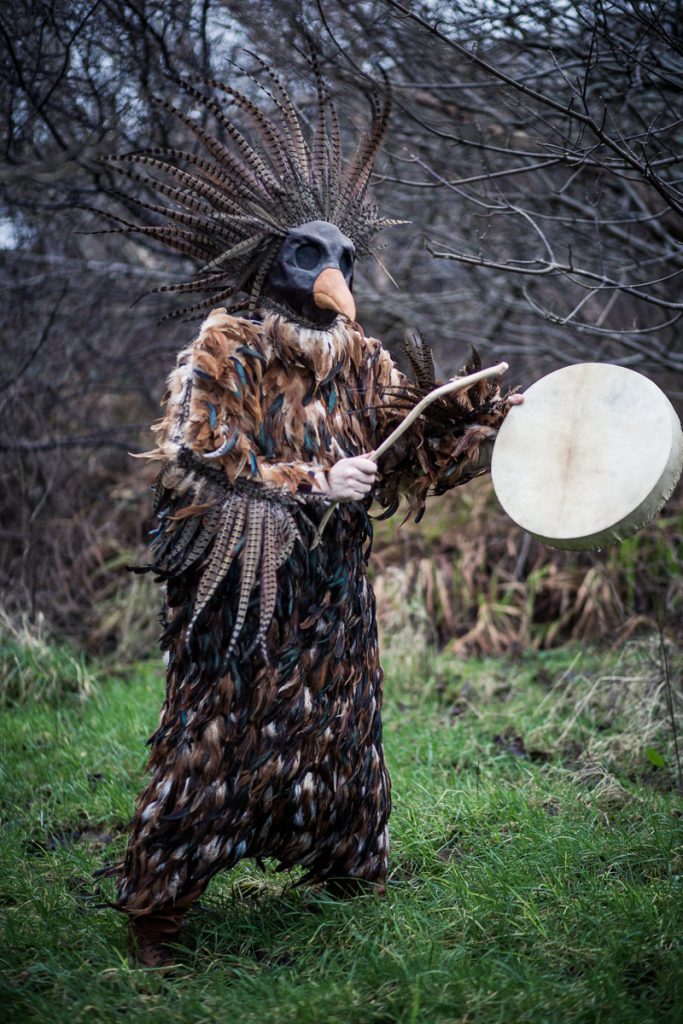
What place does Irish Traditional Music hold between all your different activities?
Traditional music, and music in general, forms a constant part of what I do. It is the driving pulse and background noise of our life here in West Kerry, and folds and flows through my creative work, my academic studies, and my fun and recreation. I have two daughters, and music and dance is central to their lives too. It’s a great way for us to come together, and for them to be able to join me and Muireann in all that we do.
What are your top tips to accompany Irish Traditional Music in general, not focusing on the bouzouki specifically?
My main piece of advice is go approach it gently. As an accompanist, our job is to accentuate the lead musicians, but not to dominate. It is a partnership, but they mainly hold the lead, and we follow what they do with sympathy and respect. Take your time with it, and if you are new to sessions, be careful not to play too loudly or intrusively at the start. Confidence and growing understanding will come with time, and as you learn, it will become immensely enjoyable and rewarding.
Have you got any new musical projects in the pipeline? What are you working on these days?
I have some ideas for recording on the yaybahar in the near future, and I am writing a paper on some prehistoric instrument replicas I built over the lockdown. I’m testing some archaeological theories by making and playing instruments, so let’s see how that all goes. I’m also looking forward to playing some decent sessions over the festive period.
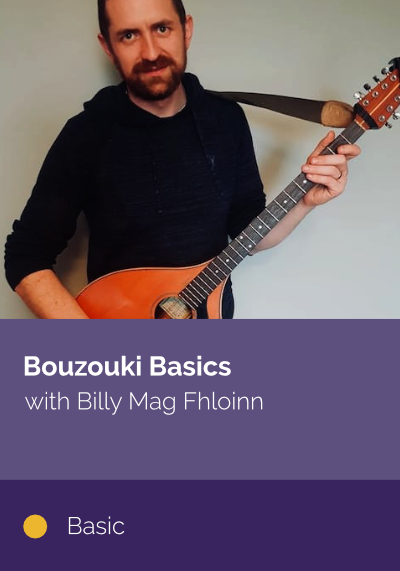
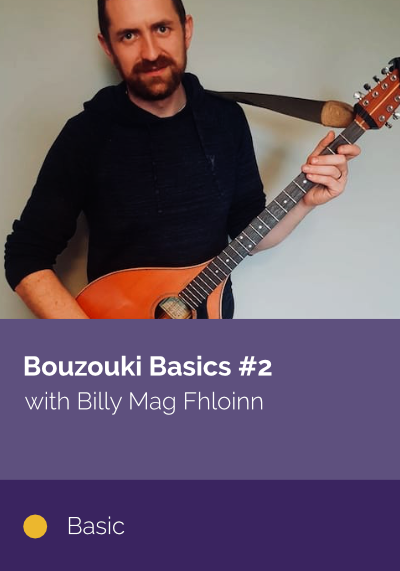
Leave a Reply